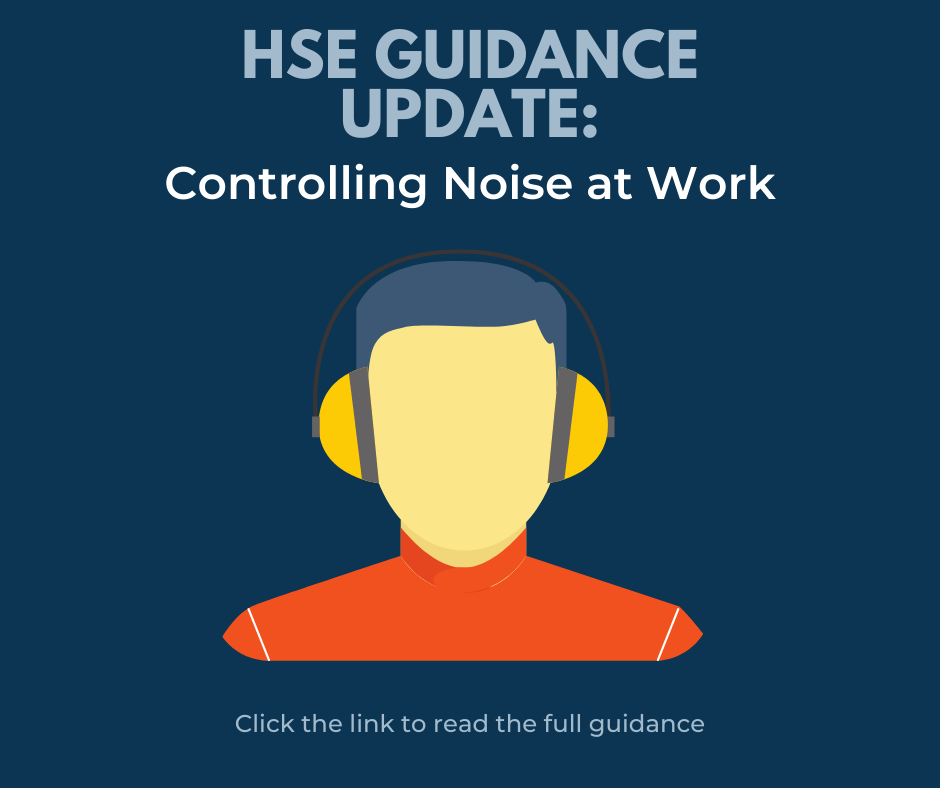 Last week the HSE updated their L108 Controlling Noise at Work guidance. The layout of the guidance has been modified to emphasise that the priority is for control of exposure and risk. There are changes to legislation that have required minor changes to the noise regulations (Regulation 2(1), 3(3) and 7(4)). It should be noted by employers that the overall main substance of the guidance is unchanged and some fundamental aspects remain, this includes that:
Last week the HSE updated their L108 Controlling Noise at Work guidance. The layout of the guidance has been modified to emphasise that the priority is for control of exposure and risk. There are changes to legislation that have required minor changes to the noise regulations (Regulation 2(1), 3(3) and 7(4)). It should be noted by employers that the overall main substance of the guidance is unchanged and some fundamental aspects remain, this includes that:
- Legal limits on noise exposure are not exceeded
- maintain and ensure the use of equipment you provide to control noise risks;
- provide your employees with information, instruction and training; and
- carry out health surveillance by monitoring workers’ hearing ability.
Employers should undertake a suitable and sufficient risk assessment of noise. This means more than just taking a measurement of noise, but it should also identify where there may be a risk of noise and who is likely to be affected, contain estimates of employee’s exposures, identify what is needed to comply with the law (such as engineering, procedural or administrative controls) and provide health surveillance where there is any particular risk.
Exposure action values remain unchanged and remain as such:
- Lower Exposure Actions Value:
- daily or weekly exposure of 80 dB(A)
- peak sound pressure of 135 dB(C)
- Upper Exposure Action Value:
- daily or weekly exposure of 85 dB(A)
- peak sound pressure of 137 dB(C)
 Noise induced hearing loss continues to be a major issue in the workplace, with an estimated 17,000 workers with work related hearing problems 2017/2018 to 2019/2020 (Source: LFS) and latest figures showing 1,125 new cases of occupational deafness between 2010 and 2019 (Source: IIDB). Hearing loss is preventable, but once it is gone it won’t come back. Employers have both moral and legal duties to their employees to comply with the Control of Noise at Work Regulations 2005.
Noise induced hearing loss continues to be a major issue in the workplace, with an estimated 17,000 workers with work related hearing problems 2017/2018 to 2019/2020 (Source: LFS) and latest figures showing 1,125 new cases of occupational deafness between 2010 and 2019 (Source: IIDB). Hearing loss is preventable, but once it is gone it won’t come back. Employers have both moral and legal duties to their employees to comply with the Control of Noise at Work Regulations 2005.
Read the full up-to-date guidance here.
To keep up to date with the latest health & safety news and advice, follow us on social media:
